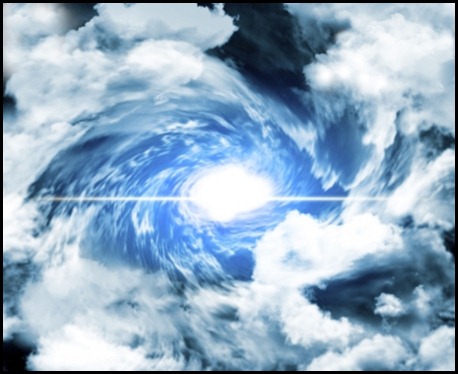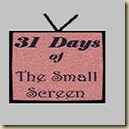There is nothing television likes better than a major disaster. I don’t mean that to sound crass, except that, at it’s root, television is a business, and business often is crass. When disasters come around—especially natural disasters that have some advance warning—television rolls out the welcome mat.
You only have to check out the 24 hour news channels to see that those folks are in their element right now. Even the regular networks and local channels will have exhaustive coverage of Sandy; there will be no shortage of information. During Sandy—as with other weather crisis—they’ll cover the entire cycle of the storm, the before, during, and after.
Things like hurricanes get the most “before” treatment, because there is typically lots of warning. The news and weather people get days to dissect and report what’s brewing, what to expect, and when to expect it. And, of course, they get to pick a catchy name. They really like to give these situations a name, because they need something to go on a shiny graphic. Sandy first got a holiday-themed name—Frankenstorm—though maybe some thought that was too cute for something with such destructive powers, as many have transitioned into calling her Superstorm. Either way, pick a channel; they’ll be calling it something other than just Sandy.
Then comes the during stage. Maybe news reporters have some sort of latent daredevil tendencies or something, because they seem to relish standing out in the middle of the harsh elements, quoting statistics and showing rising waters, holding on for dear life to anything they can find so that they don’t get blown over during their live shot. Not that there isn’t value to keeping people informed, of course, but you have to wonder if they aren’t also doing some harm as they remind people to heed evacuation warnings while they themselves blatantly disregard them.
And finally will come the after stage. Once the storm passes and there’s no more dramatic footage of swelling waves and sparking power lines, then we’ll start getting damage reports, spelled out in dollars and cents, and, sadly, the toll of human life. Depending on how far-reaching the damage—and in this case, it seems likely to be fairly extensive—there will still be round the clock coverage for at least a day or two. Now the dramatic footage will be of destroyed homes, boats floating through the streets of towns, and survivors in despair. Then it will slowly begin to trickle down, first with updates a couple of times an hour, then a couple of times a day or week, until it finally fades from the scene altogether. This “after” phase will have an unusual wrinkle, though, as the impact to the upcoming election will undoubtedly be a hot topic. Come November 6, it’s entirely possible there will be large numbers of citizens still without power, or areas still impassable, or any number of circumstances that might make getting to the polls next to impossible. It will be interesting to see how that plays out in the aftermath of this particular disaster.
And we will see it play out. Because the reason that our newscasters will provide this coverage, hour after hour, day after day, is because we will watch it. We want to know what happened, how it all worked out for those impacted, and if there’s any further threat. It’s ingrained in our psyche somehow, the need to follow along with these sorts of disasters. Maybe it’s to learn how to respond should we ever be in similar circumstances, or maybe it’s just to remind ourselves how lucky we are because it isn’t our town at the center of attention. Whatever the reason, television is more than happy to oblige.

